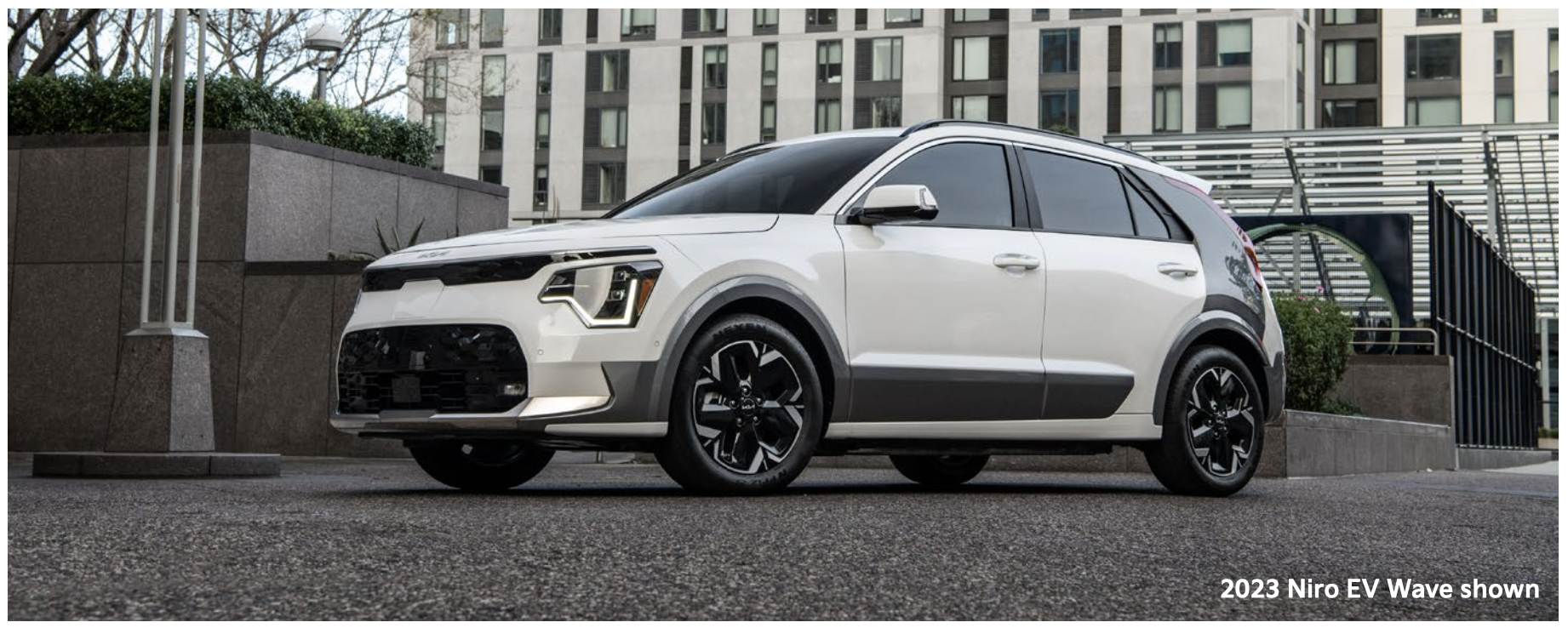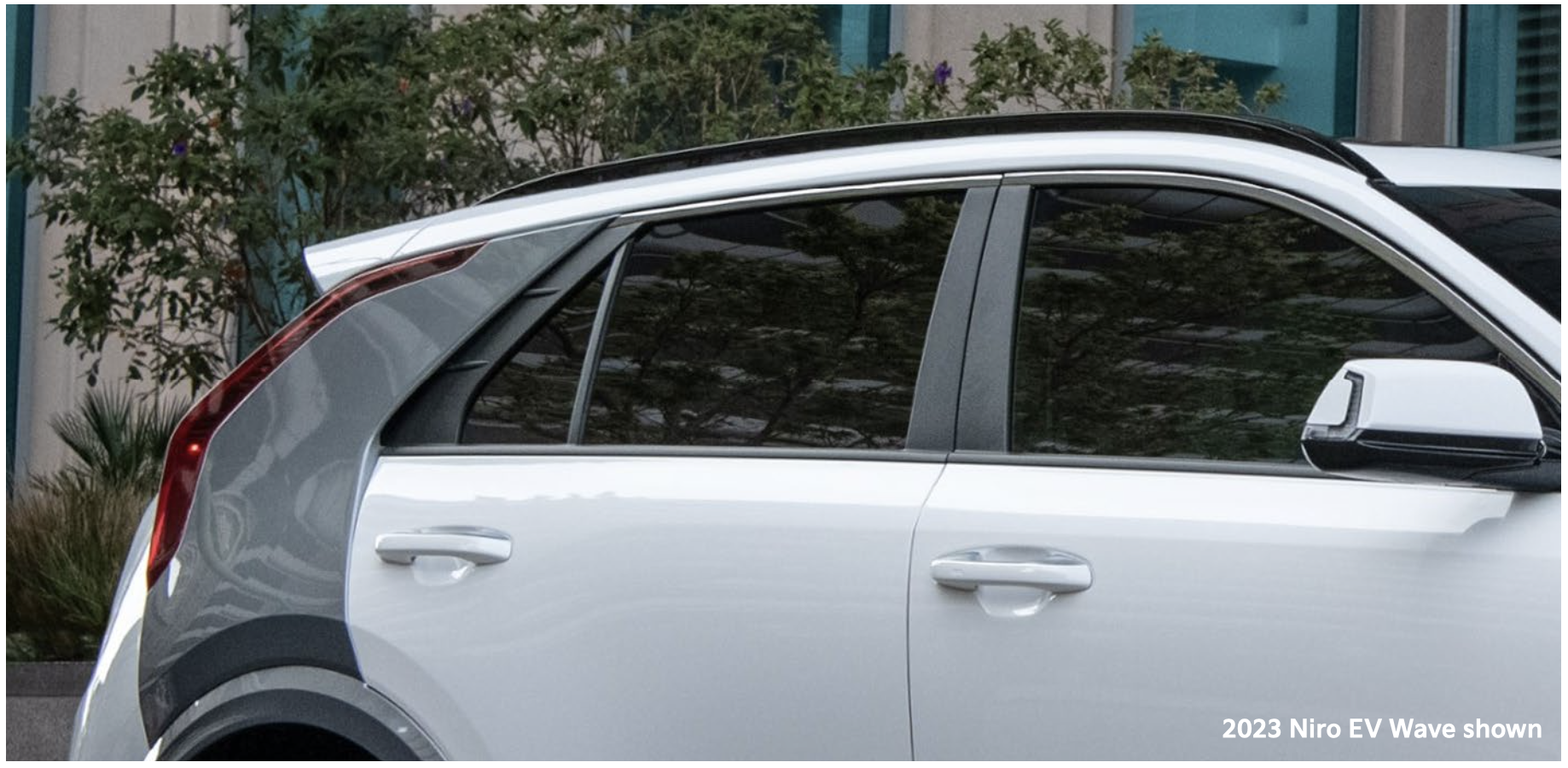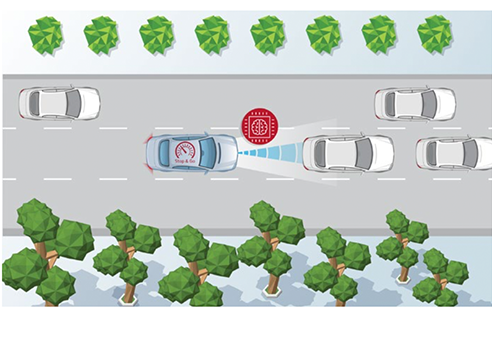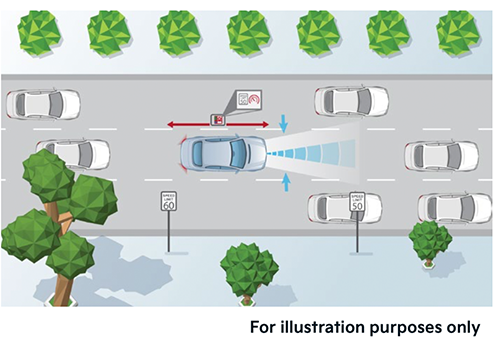
2023 Niro EV Delivery Tips

When delivering the all-new 2023 Niro EV, it's important to thoroughly explain features that customers may find Difficult to Understand (DTU) or Hard to Operate (HTO). Let's review key aspects of the Niro EV that should be discussed at every Delivery.
Cold Weather Level 1 Charging*
Level 1 Charging* offers the slowest rate of charge for electrified vehicles but utilizes a standard 120-volt household plug which may make it a more accessible method for certain customers. However, customers may notice a dip in the charging rate of their Level 1 Charger* in cold weather compared to the charging rate in more temperate conditions. Explain to customers that this slower charge is normal and does not indicate an issue with the vehicle or battery.
Charging Speeds
The Level 1 Charger* on average can only charge the battery pack up to 1.5-kW speeds in colder temperatures. This is ample speed to recharge the battery but may take longer than the customer is used to. Sharing this information with customers will better prepare them for when temperatures drop, helping prevent potential frustrations and enhancing overall customer satisfaction.
Battery Conditioning
Cold weather Level 1 Charging* cannot condition the battery to help enhance longevity. If customers want to perform battery conditioning, it's recommended they install a Level 2 Charger*, which is available for purchase from an EV-certified Kia Dealership Parts Department. Customers can find qualified electricians in their area to install the Level 2 Charger* using Qmerit*. Share this information with customers to ensure they can easily access the necessary resources should they choose to install a home charger.
Capacitive Touch Outside Door Handles

The Niro EV Wave comes standard with capacitive touch outside door handles which eliminate the older button-style lock/unlock outside door handle, giving the vehicle a sleek look. This new feature is designed to allow the driver to lock and unlock the doors without removing the Smart Key fob from their pocket or bag.
ACTION STEPS:
Locking
- On the outside driver's door handle, locate the small, rectangular depression near the rearmost part of the handle.
- With all the doors closed and the Smart Key fob nearby (in the driver's pocket or bag), place a finger on the depression to lock the doors.
- The hazard lights will flash once and one beep sound will activate briefly, indicating all four doors have locked.
Unlocking
- Approach the vehicle with the Smart Key fob nearby (in the driver's pocket or bag).
- Lightly grab the door handle. The hazard lights will flash once, and two beeps will sound, indicating all four doors are now unlocked.
Note: The Capacitive Touch Outside Door Handles will not activate until the driver approaches the vehicle with the Smart Key fob. Also, once the doors lock, they cannot be unlocked via the capacitive touch outside door handles for three seconds. Door(s) can only be locked by pressing the "capacitive touch" button on the outer door handle. In order to unlock the door(s), outer door handle must be pulled outwards with smart key within threshold distance.
Smart Cruise Control w/ Stop & Go* & Machine Learning and Highway Driving Assist 2*


New for 2023, the Niro EV Wave has received an expanded suite of Kia Drive Wise* features, including Smart Cruise Control w/ Stop & Go* (SCC w/ S&G) & Machine Learning and Highway Driving Assist 2* (HDA2). These cruise control features work in conjunction to help make highway driving less stressful for the customer.
Smart Cruise Control w/ Stop & Go* (SCC w/ S&G) & Machine Learning
Smart Cruise Control with Stop and Go* and Machine Learning helps to maintain distance from the vehicle detected ahead and travel at a speed set by the driver, reflecting the customer's learned driving style.
When the system is INACTIVE, the function can learn the driver's driving style, such as preferred distance between vehicles, acceleration, and reaction speed. For example, if the driver prefers to follow the vehicle ahead by three car lengths instead of two, the system is designed to learn and apply this logic when activated.
When the system is ACTIVE, the function can drive automatically in the learned driving style.
Highway Driving Assist 2* (HDA2)
Highway Driving Assist 2* helps maintain a set distance and speed from the vehicle detected ahead and is designed to assist with lane changes while driving on certain highways and main motorways.
- Lane Change Assist Control: When driving above a certain speed, holding the steering wheel and engaging the turn signal switch in the direction of lane change desired, HDA2* can help the vehicle automatically change lanes.
- Distance Control: HDA2* helps control vehicle distance from a detected preceding vehicle cutting in at short range and low speed on the highway.
- Lane Following Control: When approaching a nearby vehicle in the adjacent lane, HDA2* is designed to apply offset driving within the lane to help avoid risk.
HDA2* includes Forward Collision-Avoidance Assist with Evasive Steering Assist* (FCA w/ ESA), Forward Collision-Avoidance Assist-Junction Crossing* (FCA-JC), Forward Collision-Avoidance Assist-Lane Change Oncoming* (FCA-LO), Forward Collision-Avoidance Assist-Lane Change Side* (FCA-LS), and Navigation-based Smart Cruise Control-Ramp* (NSCC-R).

Elevate EV Delivery with the Kia eDelivery Tool
The Kia eDelivery Tool is the perfect companion for explaining these features and more at Delivery. Be sure to utilize a tablet to share feature-function videos, vehicle details, and other key information to help enhance Delivery and the overall customer experience.
TAGS: EV, 2023 Niro EV, Delivery Tips
